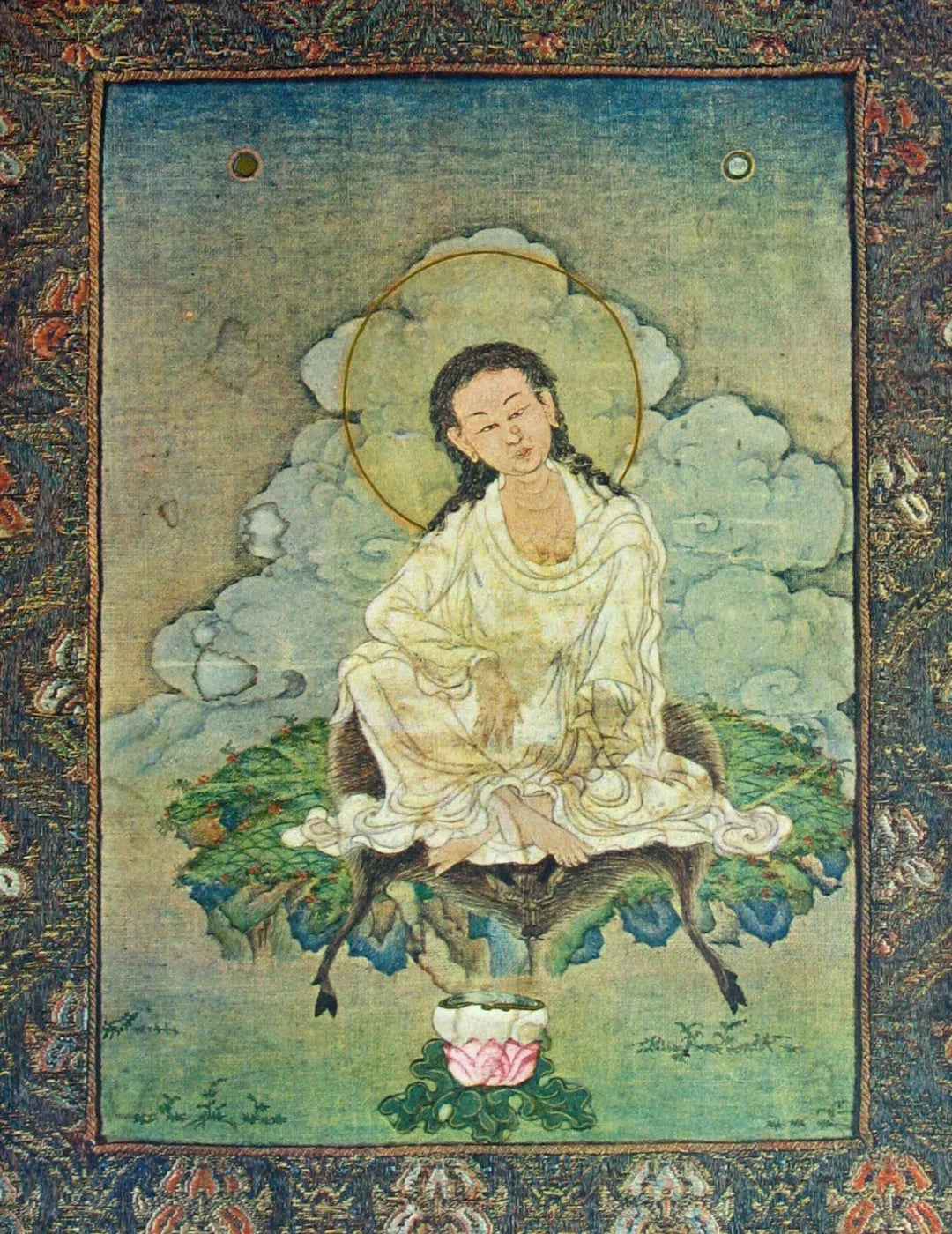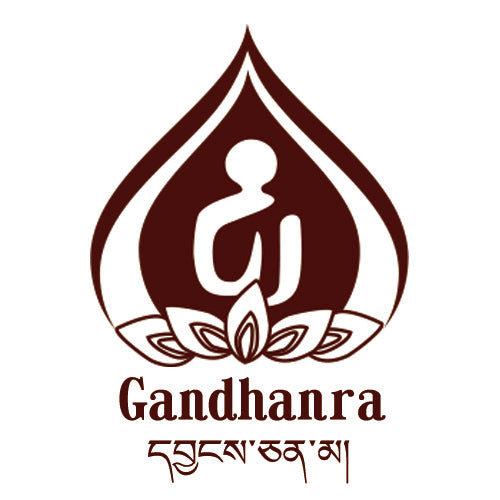
Tibetan poet ▎Nectar that flows into the heart

From the late 18th century, selected from "Tibetan Scroll"
Under the vast sky and on the solid earth, the royal palace stands grandly.
The sky does not collapse, the earth does not fall, the sun shines in the sky, and the earth remains warm."
"Biographies of the Great Khans throughout History: The Song of Chidusong"
*The Great Khan used these verses to intimidate the Gyalrong clan
The "sky" and "earth" refers to the divine authority and lineage of the Great Khan.

Excerpt: The passage quoted above in the previous text.
When studying the "indigenous origin" of Tibetan poetry, the Dunhuang ancient Tibetan scriptures and the Epic of King Gesar would be the first to be recommended.

"Olongji Zhong Xie Baduojin"
Mid-twentieth century, private collection
Khyabda Dorje (བཞད་པ་རྡོ་རྗེ་; 1697-1740) was a proponent of "Gesar faith" and related textual studies. He was also a renowned poet and biographer.
This life is not eternal, the one we love is but an illusion
In the end, we must walk alone, departing at dawn into the forest
Excerpt from "The Song of Joyous Forests"
By Longchenpa (1308-1364)
*This work is described as "poetry written for oneself"

Mid-19th century, private collection

Collected in the 18th century in the Yonghe Palace in Beijing.

He is hailed as the last poet-philosopher of the classical period in Tibet.

Excerpt: Xiega, resembling Milariba
Late 19th century, private collection

In the late 18th century, Tamashige collected in Tibet
By the mid-18th century, a large number of poems in the style of the dynastic period began to emerge, influenced by South Asian poetic frameworks and Buddhist philosophical concepts, yet they did not diminish the poetic nature rooted in Tibetan indigenous ideas. As the author of "On the Nature of Poetry," Jumi Pang (1846-1912), puts it: Poetry is like a dream, and everyone has the ability to dream.

At the end of the 19th century, a private collection.

Excerpt: Master Translater Dorje Gyalse
(Thirteenth Century)
In the late eighteenth century, collected by the Rubin Museum
"Poetic Mirror" and "Wishful Vine" were translated by Professor Xiong, defining the "South Asian nature" in Tibetan poetry.
In Tibetan culture, poetry is commonly referred to as སྙན་ངག་ (kavya), a product that combines sound and experience. Even rhythmic literature with flaws in rhetoric but possessing noble qualities can also be included in this category. Since the translation of Dandi's "Kavyadarsha" into Tibetan, the poetic system of South Asia has had a significant influence on the development of poetry in Tibet. According to Dandi, the quality of poetry depends on how the creator uses various figures of speech and rhythms, and whether their understanding of imagery is rich. Under this influence, the "Avadānakalpalatā" which records the past stories of the Buddha, is considered an example of "good poetry," and the annotation of the "Kavyadarsha" has become a means for classical Tibetan scholars to demonstrate their own poetic system. Among them, the commentary by the Tibetan sage, Mipam Chokyi Gyatso (1618-1685), is particularly brilliant. Thus, the criteria for determining excellent poets have been established: narrating the essence of truth, presenting beautiful diction, expressing rich emotions, pleasing sensitive readers, and reaching the depths of wisdom.


In the mid to late 18th century, the temple collected
(Minju Dorje, 1699-1769)

